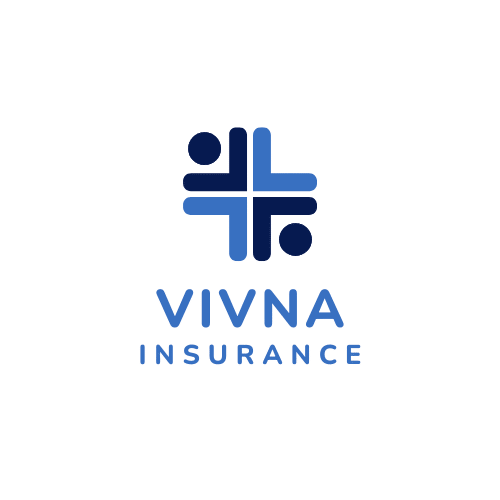
Welcome to Vivna Insurance — 2026 Health Insurance Subsidy Guide
Understanding health insurance subsidies in 2026 is more important than ever, especially with national market changes and shifting coverage options. Vivna Insurance proudly helps individuals and families find affordable protection with expert guidance. To explore personalized coverage options, call 888-730-6001 or visit our Contact Us page to connect with a licensed professional.
Health insurance subsidies are undergoing major changes in 2026, reshaping how individuals and families compare medical coverage. These federal financial credits help reduce monthly plan premiums and were expanded during emergency-rule years. Now that these temporary enhancements are sunsetting, many households may see higher premium responsibility. Understanding what is happening is the key to planning and protecting your financial wellness.
At Vivna Insurance, our licensed agents help you explore solutions nationwide. These include traditional plans, Marketplace options, short-term medical coverage, supplemental benefits, and alternative options that provide strong value. Internal resources such as Health Insurance, Supplemental Insurance, and Life Insurance can help explain solutions available today. You can also learn more about our team on the About Us page, or speak with a licensed advisor at 888-730-6001.
As subsidies shrink, premiums may rise for families that previously paid very little. Because income brackets and eligibility formulas are shifting, it is critical to evaluate your plan early. Some individuals may still qualify for savings, but others may benefit from non-Marketplace options. Vivna Insurance works with top-rated providers, including UnitedHealthcare, Pivot Health, OneShare Health, and UBA. These options can help bridge subsidy gaps with flexible, affordable solutions.
What exactly is changing in 2026? First, enhanced subsidies enacted under emergency circumstances are scheduled to roll back. This means financial support will return to pre-expansion levels. Millions of households benefited from the expanded structure, but may now see higher premiums. Second, household income phase-outs will tighten. This means households with moderate income levels may lose support entirely. Third, carrier pricing flexibility could lead to a wider spread across plan tiers, affecting the affordability of familiar metal-level options.
These shifts require consumers to review their plan early. Enrollment periods remain a critical time to compare options. Our national brokers guide you step-by-step through available alternatives to find the ideal balance between coverage and cost.
Short-term and transitional medical plans may help some families maintain protection without bearing the full cost of Marketplace premiums. Carriers such as UnitedHealthcare and Pivot Health offer flexible arrangements that match many coverage needs. Additionally, health share organizations like OneShare Health remain an option for members seeking cost-sharing alternatives with nationwide access.
Supplemental benefits are also crucial. Options like accident, critical illness, and hospital indemnity insurance help compensate for deductibles and out-of-pocket expenses. You can explore these at Supplemental Insurance, which outlines solutions available through Vivna. These benefits can safeguard finances when unexpected events occur and help offset cost exposures that primary plans might not cover.
Life insurance also plays a key role in family protection. Whether you prefer term or whole life coverage, Vivna provides options tailored to your needs. Visit Life Insurance to learn more.
Consumers should review their 2026 subsidy eligibility with a licensed broker. Many may not realize they have options beyond the standard Marketplace. For others, adjusting plan type, deductible level, or network can preserve affordability while maintaining access to quality care.
To explore your best options, speak with a Vivna advisor at 888-730-6001 or access help through Contact Us. With thoughtful planning, you can align your 2026 coverage with your financial and medical goals.
